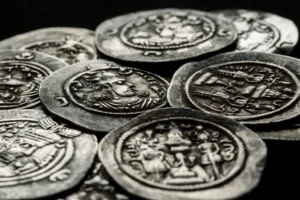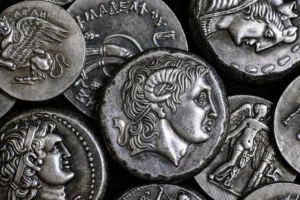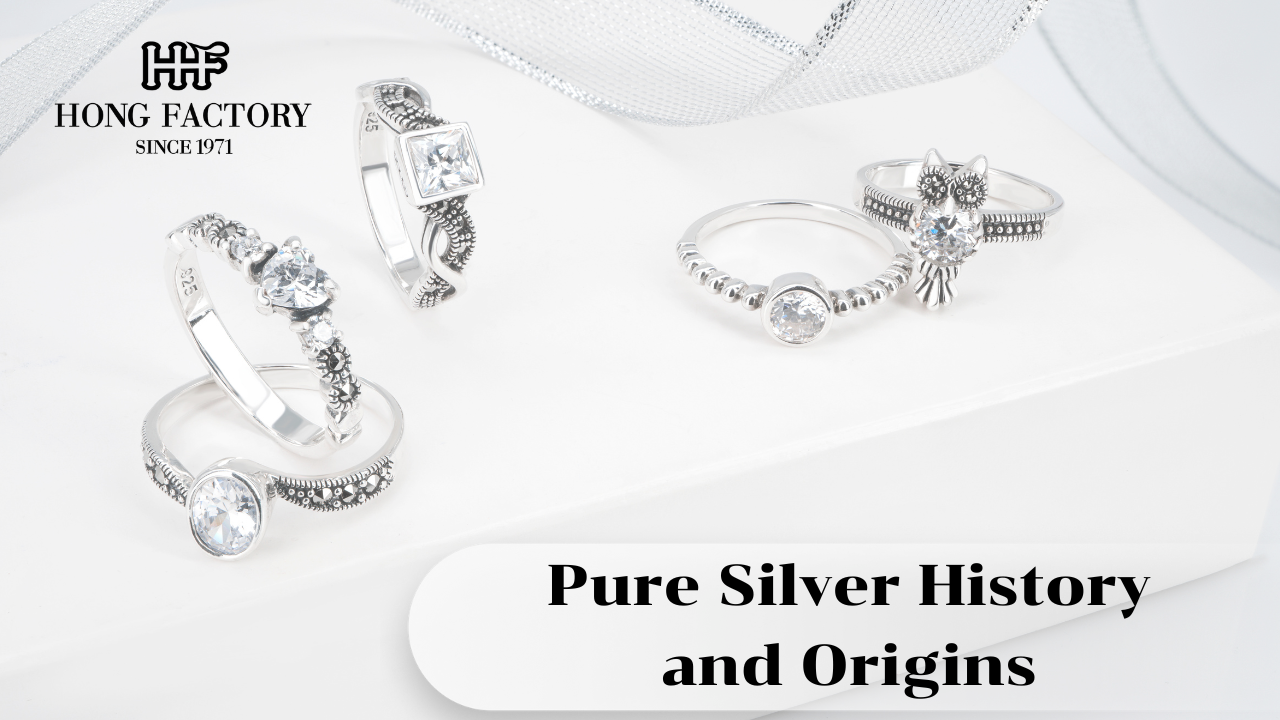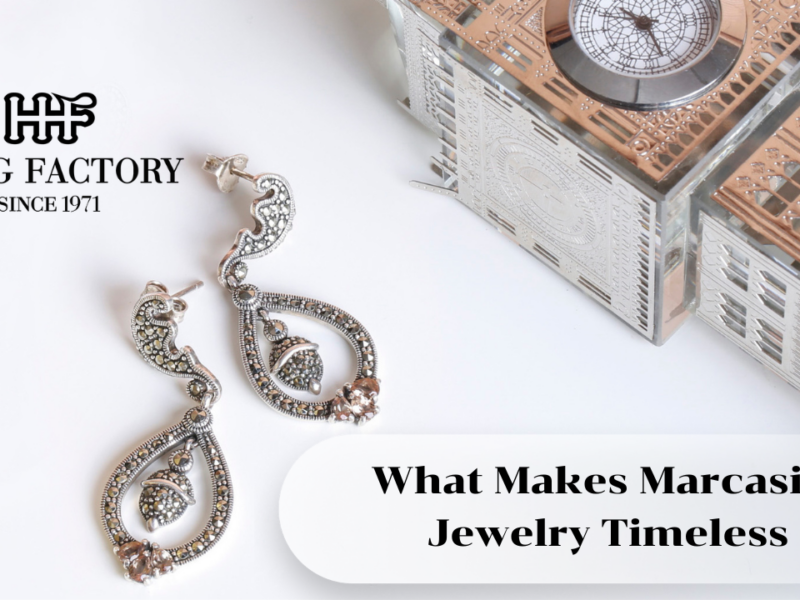Pure silver is one of the world’s most admired precious metals, known for its purity, beauty, and versatility. With 99.9% purity, Pure silver has played an essential role in human history for thousands of years. From ancient civilizations to modern industries, silver’s story is deeply woven into culture, trade, and craftsmanship. This article explores the history and origins of pure silver, revealing why it continues to be valued both for its intrinsic worth and cultural meaning. Marcasite stone
What is Pure Silver?

Pure silver, also called fine silver, is composed of 99.9% silver with only minimal trace elements. Its qualities include:
- A natural, bright white shine
- Hypoallergenic and skin-friendly properties
- High malleability, allowing for detailed craftsmanship
- Prestige as one of the purest precious metals
Because of these traits, pure silver has been used in everything from currency to ceremonial objects throughout history.
Pure Silver in Ancient Civilizations
Pure silver perception
When people hear Pure silver, they often associate it with authenticity and wealth. Its origins date back thousands of years:
- Mesopotamia: One of the earliest civilizations to mine and trade silver.
- Ancient Egypt: Silver was rarer than gold and associated with lunar deities.
- Greek and Roman Empires: Used extensively in coinage, jewelry, and decorative items.
These civilizations established silver as a symbol of power, trade, and divine connection.
Silver in Medieval and Renaissance Eras
During the Middle Ages, silver became central to European economies:
- Silver coins formed the foundation of commerce.
- It was used in royal regalia, crowns, and religious artifacts.
- Craftsmen in the Renaissance refined silver into intricate jewelry and household items.
The cultural and economic significance of silver grew as global trade expanded.
Pure Silver in Global Trade
Silver played a vital role in shaping world history:
- Spanish Empire: Massive silver mines in the Americas fueled European wealth.
- Asian Trade Routes: Silver was the primary currency exchanged for goods like silk and spices.
- Colonial Expansion: Pure silver coins became a global standard for international trade.
This global circulation of silver made it one of the most influential metals in human history.
Pure Silver in Modern Times

Today, pure silver remains valuable in multiple sectors:
- Jewelry and Fashion: Symbolizing elegance and authenticity.
- Industry: Essential in electronics, solar panels, and medical tools.
- Investment: Coins, bars, and bullion serve as secure stores of value.
The combination of history and modern utility ensures pure silver continues to shine in everyday life.
Symbolism and Cultural Importance
Pure silver carries symbolic meaning across cultures:
- Associated with purity, clarity, and protection
- Linked to the moon and feminine energy
- Used in ceremonies, heirlooms, and religious rituals
These beliefs add cultural depth to silver’s practical value.
Caring for Pure Silver Artifacts
To preserve historic and modern silver pieces:
- Store in dry, anti-tarnish environments
- Clean with gentle polishing cloths
- Avoid harsh chemicals to protect surfaces
Proper care ensures pure silver retains both beauty and historical significance.
The history and origins of Pure silver highlight its enduring importance across civilizations, economies, and cultures. From ancient coins to modern technology, silver has consistently symbolized value, power, and beauty. Its unique purity ensures that pure silver remains not only a precious metal but also a timeless link to human history and tradition.


